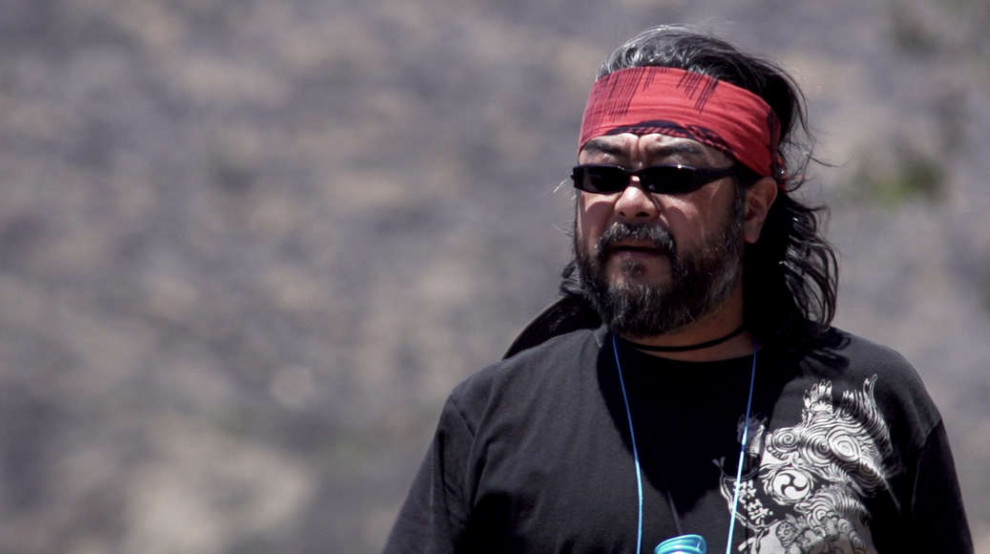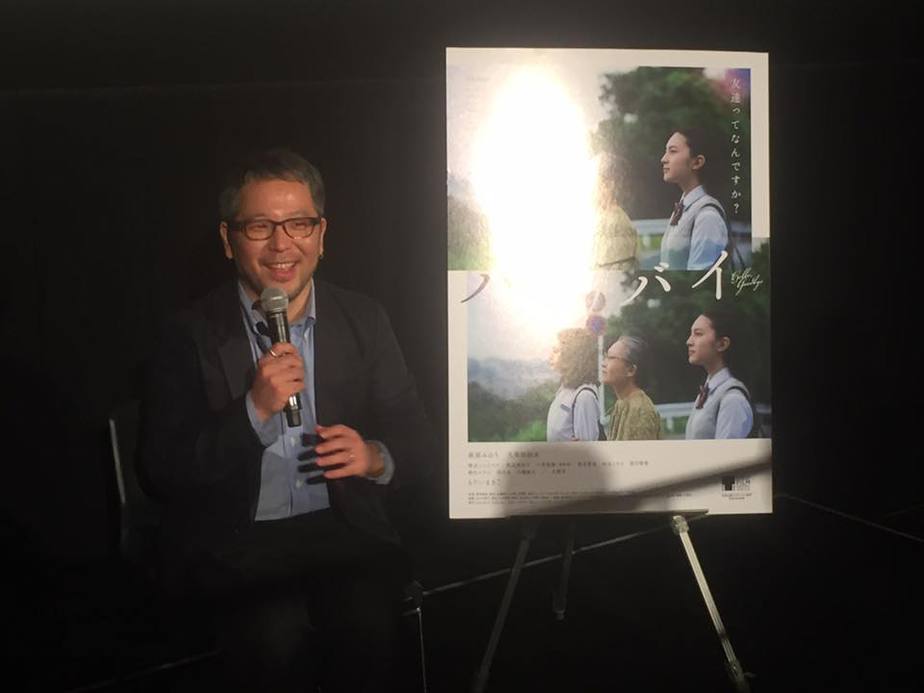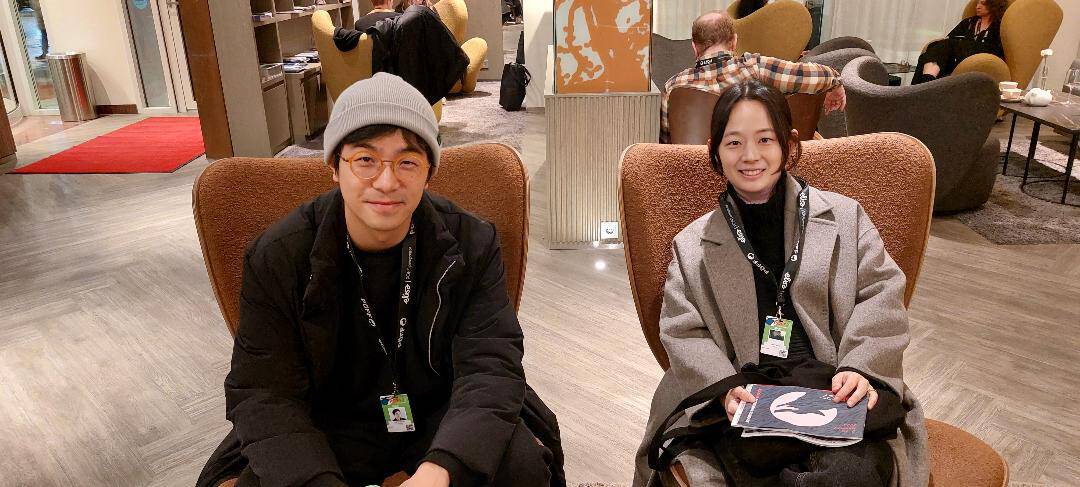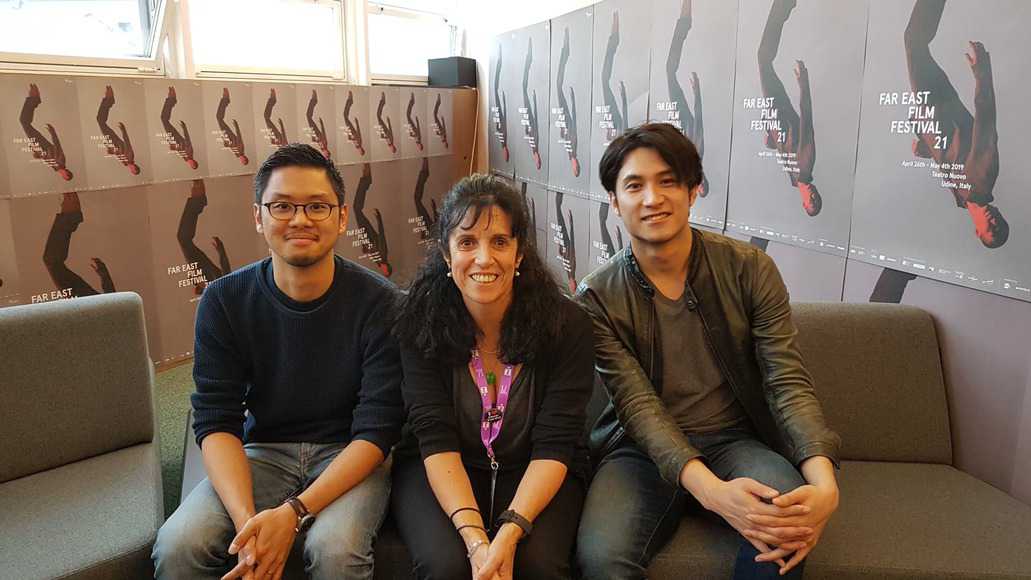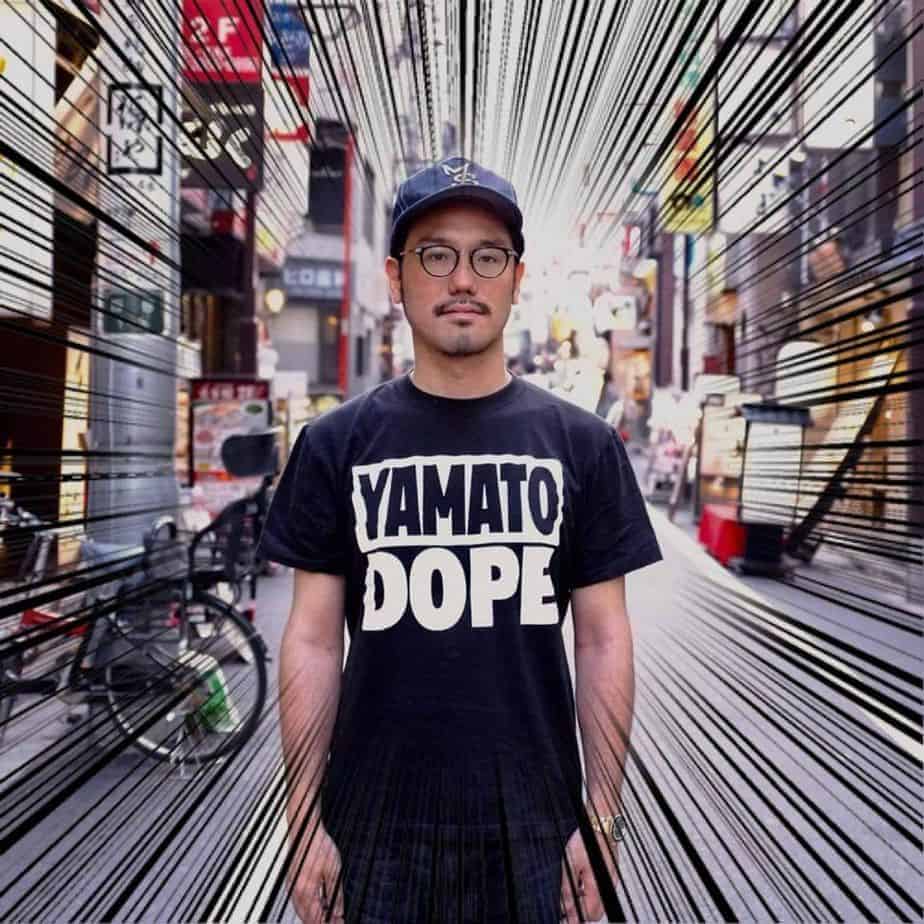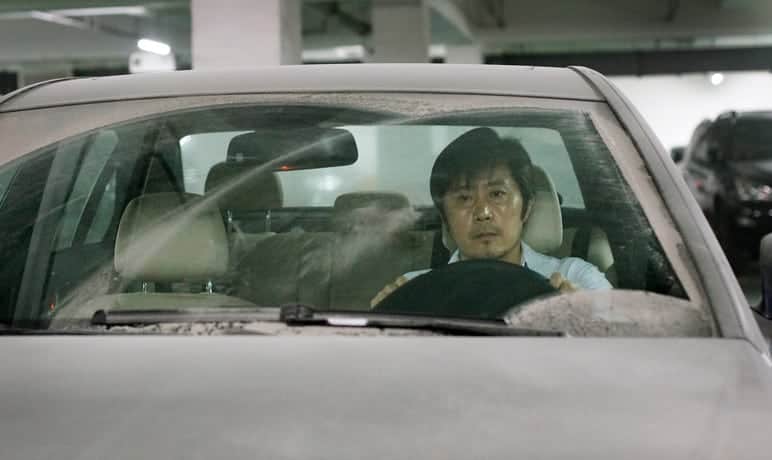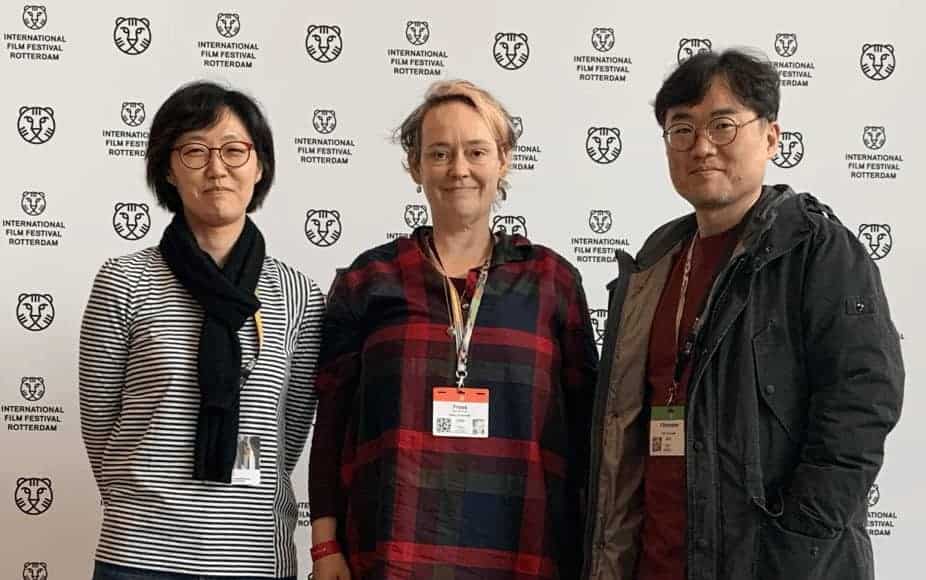Kurando Mitsutake is originally from Tokyo, Japan. He graduated with an MFA from California Institute of the Arts and is a member of the Directors Guild of Japan and Screen Actors Guild. Mitsutake made his feature film directorial debut with “Monsters Don't Get to Cry” in 2004. In 2008, he produced, wrote, and directed his second feature film, “Samurai Avenger: The Blind Wolf”. The film screened at more than ten film festivals around the world and won multiple awards. “Samurai Avenger: The Blind Wolf” was distributed in over 15 countries including the United States. “Gun Woman” was Mitsutake's third feature film and it was awarded the Special Jury Prize at the 24th Yubari International Fantastic Film Festival in Japan. It opened theatrically in Japan nationwide in July of 2014 and was distributed in the US in 2015. His latest film is called “Karate Kill” and will will be available from 8 Films in May. Mitsutake has also appeared as an actor in the American TV series “Ugly Betty” and “Heroes”.
You are actually from Japan but you are currently living and working in LA. How did that came about?
I went to two American art schools to study filmmaking, and afterwards I settled in the States. My current focus is shooting B-Japanese movies in Los Angeles.
Your first film, “Monsters Don't Get to Cry”, is not known to the public. Can you tell us a bit about it?
I consider my first feature as “an honorable failure,” business wise. It was only distributed in Japan and Germany. No US distributor wanted to touch it, saying it was not Japanese enough. But I think my cast did an amazing job in the movie and I would love to still try and find a US distributor for it.
In “Samurai Avenger,” you also played the starring role. Can you tell us a bit about this double capacity?

After “Monsters Don't Get To Cry,” I took the “not Japanese enough” advice from my first feature and I went on to make “Samurai Avenger: The Blind Wolf.” A sushi-western, I called it. It's a movie about factual bizarre Samurai rituals in a retro-futuristic Wild West-esque world. I decided to play the main character because I was young and stupid. (Laughs.) That's actually not entirely a joke. But on a more serious note, there were two reasons. I thought if I played the lead, I could save tons of time in rehearsals and production. It would be one less person I needed to direct. Also, I myself as an actor had the most credits of anyone I knew at that time. I had played a reoccurring role on NBC's “Heroes” Season 2 and I was a guest star on ABC's “Ugly Betty” Season 1, Episode 4.
Do you consider your films American or Japanese? How difficult is to shoot a film in the US? And how about the collaboration of American and Japanese crew?
I consider my films to be both American and Japanese, a hybrid. Shooting anything in the US is great. Before I became a director, I was a production coordinator and I went all over the US filming and I never had a bad experience. People are professional and hard working. Cities are very film-friendly. I think, when you work in the film industry, no matter what the nationalities are, you speak the same language, share the same sentiment. So I actually don't see any differences in American and Japanese crews. I guess the only differences are the Union rules. (Laughs.)
Your films are low budgeted. What are the difficulties you stumble upon with the lack of money and how do you get over them?
If you compare my budget to a Hollywood studio budget, mine is like the budget for their donuts. But as a Japanese straight-to-video feature, my budget range is not terrible. Many Japanese genre directors are working with a $30,000 budget for 2 episode features. I do believe in what Orson Welles said, “The enemy of art is the absence of limitations.” But that is not to say, I can't wait to work with American producers who can finance healthy multi-million dollar range budgets for my films.
Both “Gun Woman” and “Karate Kill” have a distinct 80's VHS feel, like, for example, Canon's films. Why did you choose to implement this kind of aesthetics?
I believe the current trend for the market is nostalgic marketing – “yesterday once more” type of deal. This trend is clearly visible in indie genre filmmaking for sure. Tarantino started it with “Kill Bill” and “Grindhouse” and Netflix achieved a new horizon of this trend with “Stranger Things.” I dig it and I'm all on board because it's like me trying to recreate what I loved as a teenager.
Both films are quite violent. What is your take on violence in films? And what about sex and nudity?
I love B-movies. Like Canon's films as you mentioned before. They were violent and exploitative but in a more innocent sort of way compared to what's going on now in exploitative Internet sites. Today, anybody can watch anything on the Internet. For free, I might add. Real decapitations, to celebrities' hacked cell phone selfie nude photos. So the level of exploitation with violence and nudity are not even comparable to the days before the Internet. So in a sense, I'm trying to re-introduce the sensibility of exploitation films of the past in my movies and that is my romanticism towards the good old days.
Your films seem to have revenge as their main concept. Why is that?
I love a good revenge theme because the concept is very universal. It's an especially useful theme for me because my movies are a hybrid of two cultures to begin with – American and Japanese. Since my first 3 features were revenge flicks, I wanted to make “Karate Kill” a non-revenge movie. So I wrote it as a rescue movie, which is another universal theme for the action genre.
Asami ,who was already a cult idol in 2014, appears in both films. How did this collaboration came about? In general, how do you choose your actors?
Asami and I became friends back around 2011 or so. I knew of her work and I was a fan. Then we were invited to a fan convention in Germany together. So during this trip, I pitched my dream movie project to her and she said she was the only one actress who could play the main character and she wanted to do it. And that became our “Gun Woman.”
For “Karate Kill,” the lead Hayate was already cast by the executive producer. And I had freedom to cast other characters. So I asked Asami and several other great actors who I had pleasure of working with on “Gun Woman” to come join me for “Karate Kill.”
The action scenes in “Karate Kill” are quite impressive, particularly the ones in the end. Can you tell us a bit about the way you shot them and Hayate's presence in them?
Thank you. Hayate is the real deal. We used no stunt doubles for him. For the record, he did all his stunts. He is a true karate master and parkour performer. Hayate worked with my action director Keiya Tabuchi very closely to coordinate his own fight scenes and the short parkour chase at the climax of the movie.
How did the concept of Capital Messiah came about in “Karate Kill”? In general, where do you draw inspiration from?
I wanted the Internet to be the bad guy for this movie. With reasons I stated earlier in this interview. To me, the Internet just made too many things viewable, things we really don't need to see, like the real ultra violent stuff that before was only meant to be seen by rescue and law enforcement professionals. So I developed this Internet cult called “Capital Messiah” and I made them the fictional supplier of gory footage.
The film also features a very impressive poster. Can you tell us a bit about it?
Thank you. I love the poster too. It's done by The Dude Design – Thomas Hodge, a UK artist. I was a huge fan of his ever since I saw his work for a movie called “Hobo with a Shotgun.” We were introduced to each other in Germany when Asami and I were doing the German tour of “Gun Woman” back in 2014 and we kept in touch. So it was really a natural idea for me to ask Thomas to do the poster for my latest. I'm really thankful for my Japanese producers for agreeing with my idea to bring Thomas on board.
Which are your favorite filmmakers and what kind of movies do you like to watch?
My mentor was Kihachi Okamoto, one of the greatest filmmakers from Japan. His best known work for the West is “The Sword of Doom.” I'm heavily influenced by his directing style. My filmmaking heroes are Sam Peckinpah, Walter Hill, Paul Schrader, Brian De Palma and Akira Kurosawa. And I love genre movies from the 70s and 80s.
What are your plans for the future?
I've yet to do a full-on horror movie and I'm dying to do one. Hopefully I can get a green light this year on one of the several pitches that I have out there and get started on my 5th feature.
Thank you so much for the interview!


